Tonight, the Locrian Chamber Players gives the New York premiere of Quintet 2 by Christian B. Carey.
Sequenza 21 readers know Carey very well through his insightful reviews of concerts and recordings in this publication. He is also a superb composer with a lengthy catalogue of varied works.
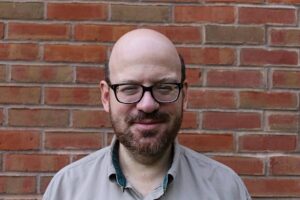
Quintet 2 is scored for oboe, clarinet, violin, cello and piano, and Carey wrote it for the East Coast Contemporary Ensemble, who commissioned it and premiered it in 2016. In his program note, Carey writes that much of his music – including this work – is based on the idea of labyrinthine structuring. “Quintet 2 deals with a spectrum of harmonic shadings, from triads to microtonal verticals with a great deal expressed in between. Likewise, the short melody at the beginning is offset by long passages of linear counterpoint. A number of rhythmic layers corruscate to create overlapping and frequently syncopated gestures.”
You can listen and follow along with the score on this YouTube recording.
Also on the program, music by Augusta Read Thomas, Oliver Knusson, Jeremy Beck, Jonathan Newman and the world premiere of “I Like Chocolate Ice Cream” by David Macdonald (me too, says the writer).
Performance Details:
August 15, 2024, 8 pm
Music from the Past Decade
Riverside Church
490 Riverside Drive, NY NY
Admission is free. A reception will follow.
Performers include: Calvin Wiersma and Conrad Harris, violins; Daniel Panner, viola; Chris Gross and Peter Seidenberg, cellos; Huan-Fong Chen, oboe; Benjamin Fingland, clarinet; Jonathan Faiman, piano; Jacqueline Horner-Kwiatek, mezzo-soprano
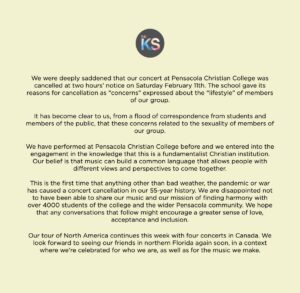
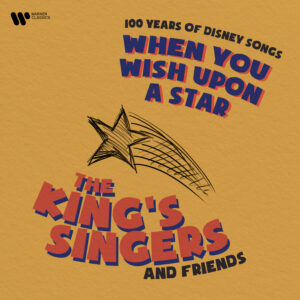
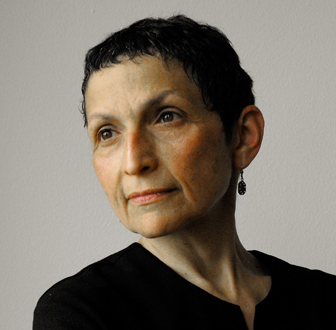

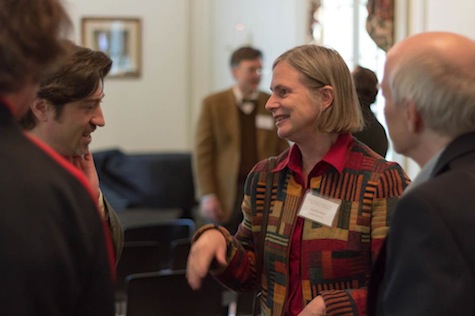
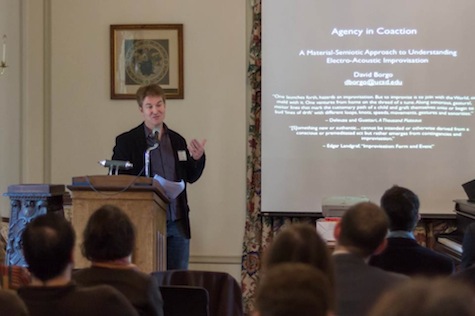
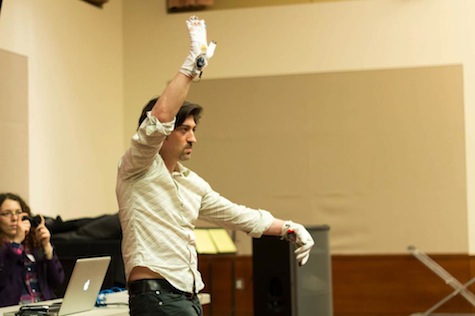
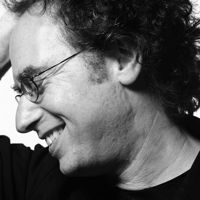
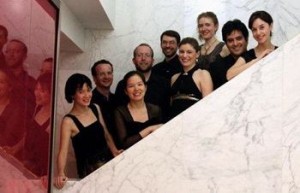
 Once upon a time in 2000, there was a brand-new underground music collective in the San Francisco Bay Area, presenting a monthly concert series named “Static Illusion/Methodical Madness”. The
Once upon a time in 2000, there was a brand-new underground music collective in the San Francisco Bay Area, presenting a monthly concert series named “Static Illusion/Methodical Madness”. The 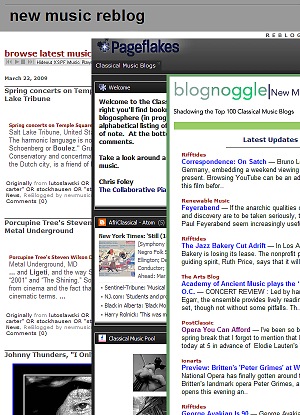 Most S21 regulars know about these already, but for all our newer visitors I thought I’d mention how most of us keep on top of what’s what, day-to-day, in the classical and “non-pop” world. The secret is to visit a few of the aggregation sites intrepid volunteers have set up, that comb the news sites and blogs for current tidbits of interest. It’s really pretty easy on your part, requiring just three quick clicks (besides our humble and happy abode, of course!) once a day (or twice or thrice, even better):
Most S21 regulars know about these already, but for all our newer visitors I thought I’d mention how most of us keep on top of what’s what, day-to-day, in the classical and “non-pop” world. The secret is to visit a few of the aggregation sites intrepid volunteers have set up, that comb the news sites and blogs for current tidbits of interest. It’s really pretty easy on your part, requiring just three quick clicks (besides our humble and happy abode, of course!) once a day (or twice or thrice, even better):